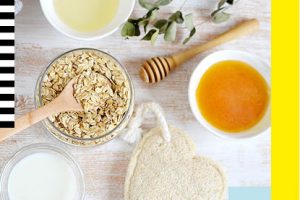Prebiotic and Probiotic Skincare: The Benefits
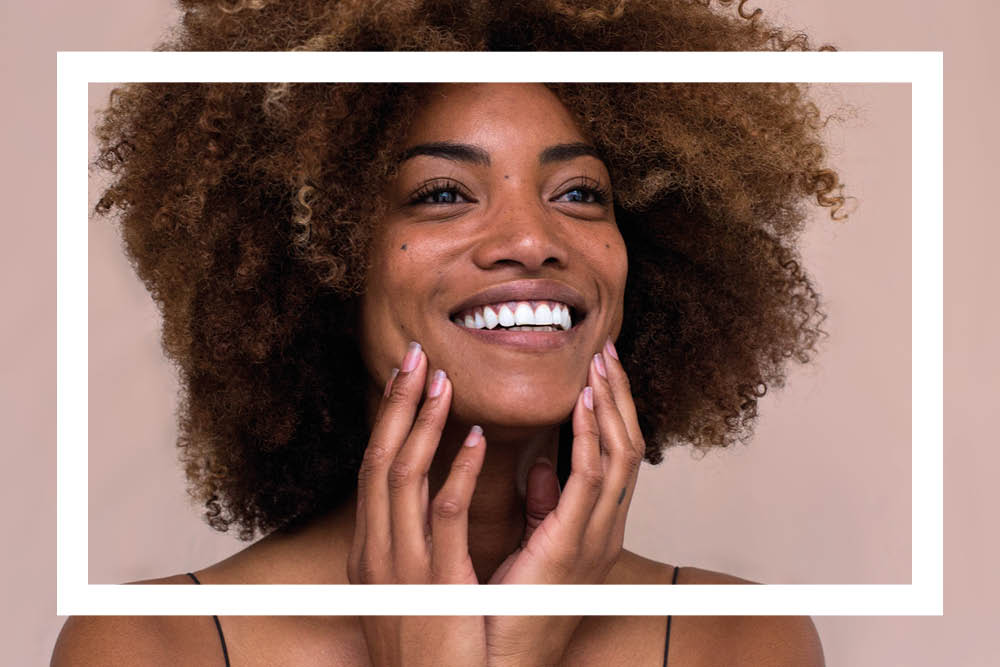
Our bodies are covered with a unique microbiome: a microscopic ecosystem where micro-organisms coexist amicably. Except very often they don’t, especially with our overly cleansed bodies. Take eczema for example; most sufferers have higher levels of staphylococcus aureus, steroids and antibiotics offer temporary relief, but the action
of indiscriminately blitzing the bacteria allows it to recolonise the skin and the condition to reoccur.
Using a skinbiotic to allow good bacteria to proliferate could be the solution. So, should we be using a probiotic, a prebiotic or both? And fundamentally, what’s the difference? “A probiotic is just another name for good bacteria,” says Dr Marie Drago, pharmacist and founder of Gallinée skincare. “Our products are loaded with prebiotics; the nutrients that feed the good bacteria on your skin.”
How does the technology work? “In skincare you can use three types of probiotics,” explains Dr Drago, “either as lysates1, where the bacteria are mashed up and form a kind of active soup. Tyndalised2 – the type we use at Gallinée – where the bacteria has been gently deactivated by heat or as naturally occurring live bacteria3, which is constantly present on our skin, but may need a boost. Prebiotics are much simpler. They are usually complex sugars and when they arrive on skin, they are “eaten” by your own bacteria, helping them to grow.”
Are they more effective on specific areas? “We see the most impressive results on sensitive skin,” says Dr Drago, “as the good bacteria help lower inflammation. And our scalp care cleansing cream shows excellent results on itchy scalps.” The genius of the skin biotic is that it can help all skin types. Mother Dirt put its skin-balancing powers down to AOB, the ammonia-oxidising bacteria that existed on our skin until our love of soap removed it. AOB feed off sweat and keep the skin in check. The unscented AO+ mist can be used to restore balance to all skin types; be it dry, sensitive or oily. Both Oskia and Green People use oligosaccharides, the sugars that nurture good bacteria. “Feeding bacteria instead of killing them will turn around the world of beauty products,” reasons Dr Drago. “Is killing your bacteria really the best idea, or should we support the existing ecosystem and help them help you?” Maybe working with nature instead of against it, is really the best way.
Gallinée Hydrating Face Cream, £35 for 30ml
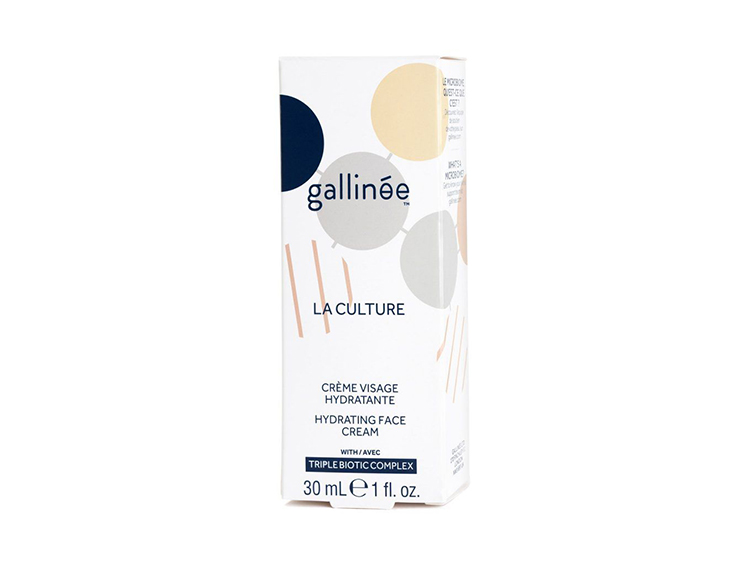
Mother Dirt AO+ Mist for Face and Body, £49.99 for 100ml
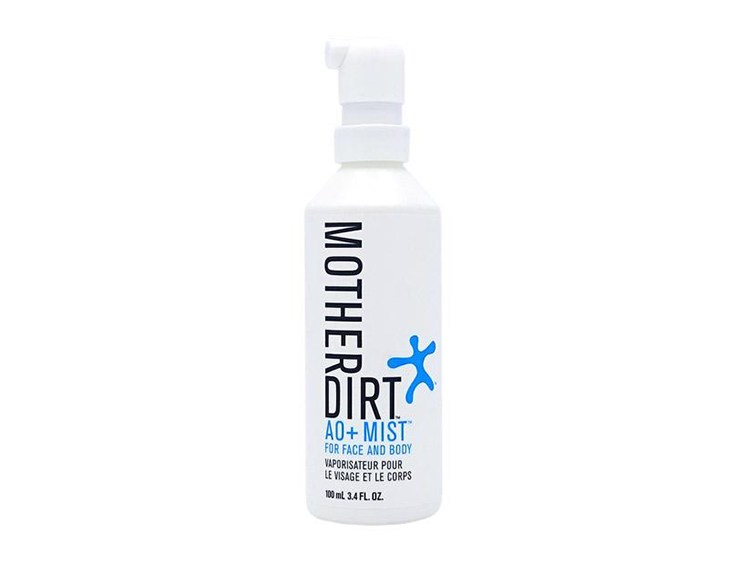
Oskia Perfect Cleanser, £34 for 125ml
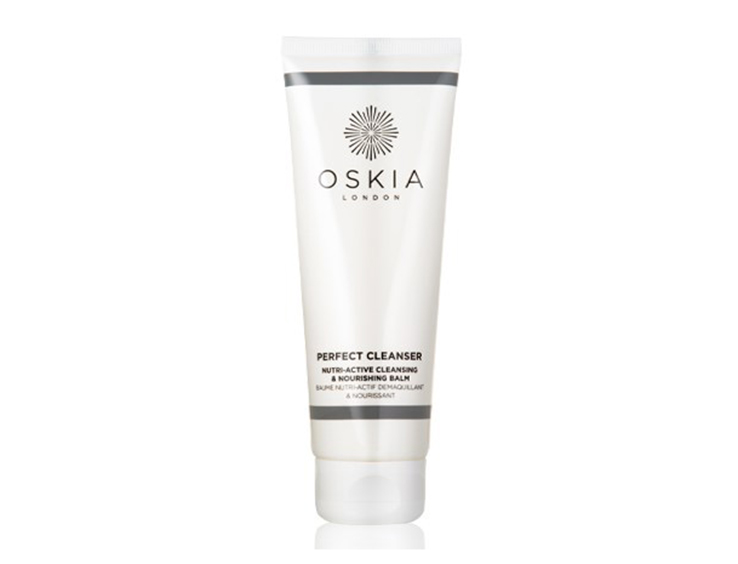
Green People Day Solution Moisturiser Prebiotic and Willow Bark, £19.50 for 50ml
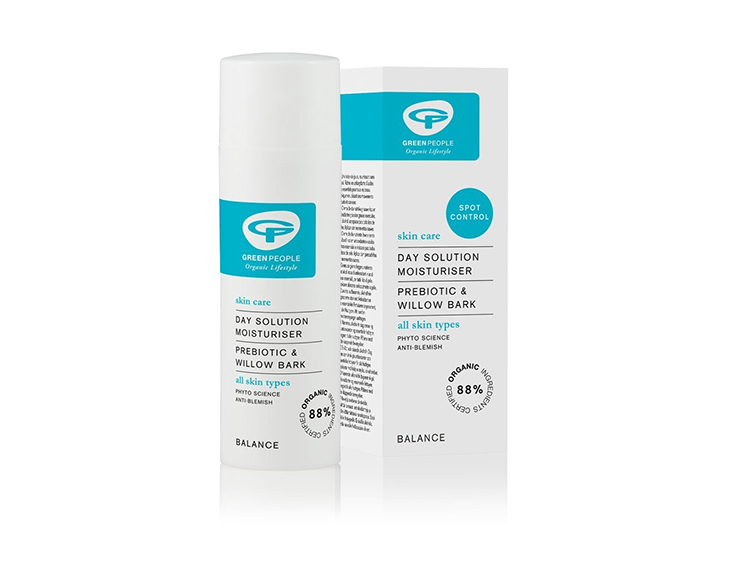
Aurelia Probiotic Concentrate, £38 for 10ml
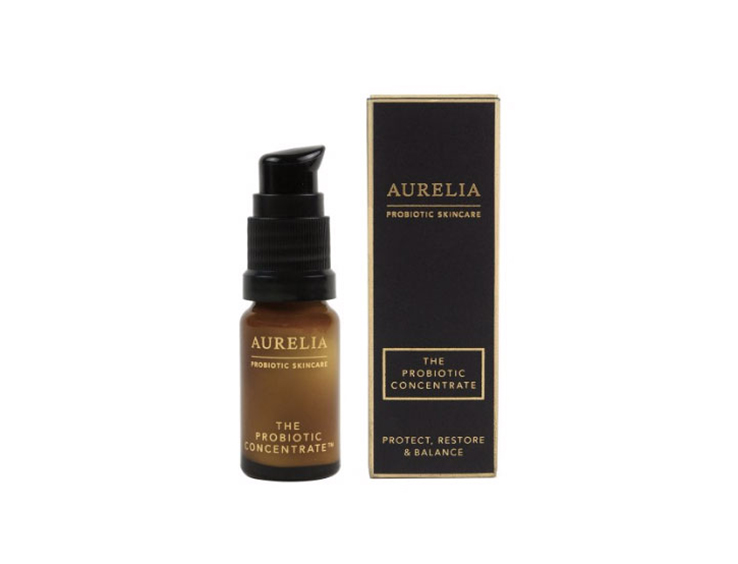
Tata Harper Purifying Mask, £63 for 50ml







